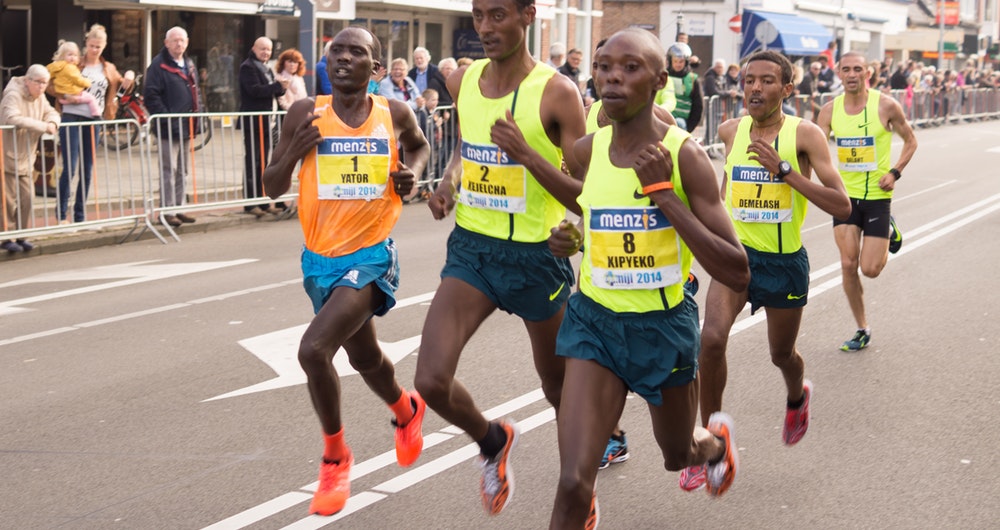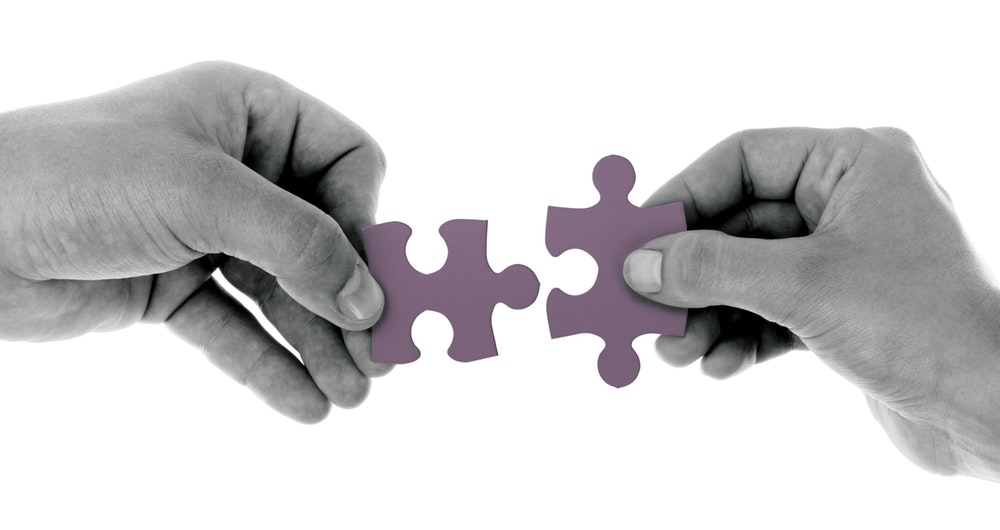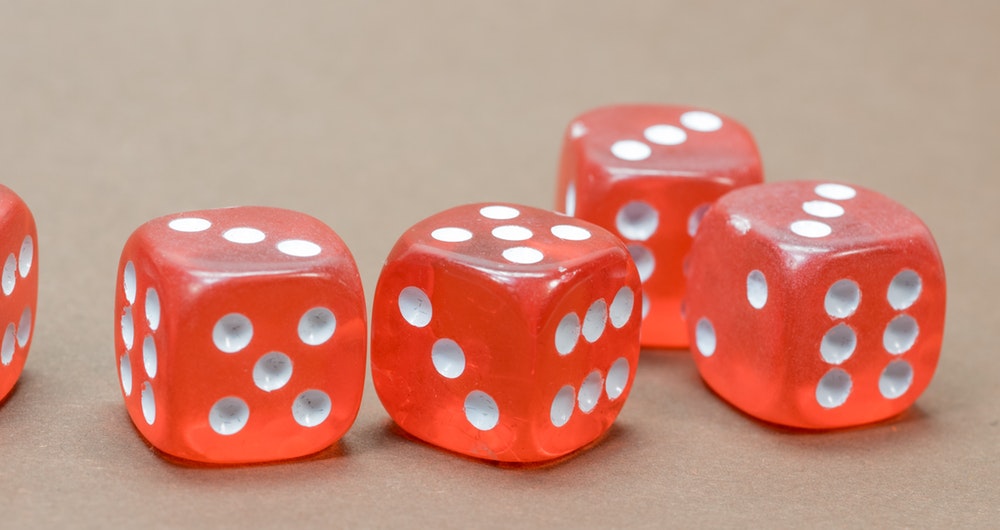We will examine these four factors practically with the examples of two products: Shirt-A and Shirt-B.
Let us assume that there are two companies which make men’s formal shirts. One company makes Shirt-A which is targeted at premium customers and the other company makes Shirt-B which is much cheaper, targeted at economy customers.
Let us see how the four elements of marketing mix -4Ps- will differ here in both the cases.
Product: Shirt-A
- The brand has to be well-known as a premium brand.
- Its fabric, color, styling, fit, stitch pattern, buttons, accessories, packaging etc. must match the expectations of the premium customers.
- The fabric will be of high quality, the colors and designs will be exclusive which won’t be available in other brands, and accessories will be of matching high quality.
- Everything will be designed to feel and look exclusive, sophisticated, stylish and comfortable.
- Slightest defect in these shirts won’t be allowed on the store shelves.
Product: Shirt-B
- Brand is irrelevant here.
- Its fabric, color, styling, fit, stitch pattern, buttons, accessories, packaging etc. will be based more on availability than exclusivity.
- The fabric and accessories may be of an average quality. Colors and designs may be copies of the more expensive brands.
- Everything will be sourced on the basis of providing value for money, cost being the main factor.
- The finishing will not be very high quality and some quality deviations may be allowed.
Price: Shirt-A
- The customer here is not price conscious, he is status conscious.
- The price charged is more on the perception of the brand value in the customer’s mind.
- The price is very much based on the brand and its aspiration value. Most of the price is paid for the brand label only.
- The customer here is not looking only for a shirt. He is not very much concerned about the price. The shirt brand must add to his personality as well. It should represent his taste, sophistication and class.
- The price may be in few thousand rupees.
- If convinced, the customer may buy more than he intended to buy when he came in.
Price: Shirt-B
- The customer here is not status conscious, he is price conscious.
- The price charged is more on perception of value for money in the customer’s mind.
- The price is based on the product quality, cost and the competitive prices. Brand label is not relevant.
- The customer is looking for a shirt which should be of reasonable quality and it should satisfy his need for decent clothing expected in a workplace.
- The price may be in few hundred rupees.
- The customer will generally buy only what he intended to buy when he came in. Not more.
Place: Shirt-A
- Can be sold in high-end retail stores, malls, 5-star hotel stores etc.
- The place must not be very crowded, must be pleasant to shop and must have all the facilities e.g. changing room, AC etc.
- The salespeople must be there, but only to assist the customer. Also, they must be decent, patient and polite. They must not get irritated if the customer is checking too many options.
- The place must offer Credit Card and other payment options.
Place: Shirt-B
- Can be sold in low-end retail stores, discount stores, on roads or in bulk sales.
- The customer does not mind even if the place is crowded, hot and humid with no changing room facility also.
- The salespeople may or may not be there. The customer may ignore or tolerate the behavior of the salesperson, even if it is not satisfactory.
- The customer will generally buy on cash payment.
Promotion: Shirt-A
- The brand must be communicated to the customer to position itself at the right place in his mind.
- The promotion must be on a national or international scale.
- Celebrity brand ambassadors, launch events, high decibel advertisements may be used as some of the promotional options.
- TV commercials, prominent color advertisements in mainstream newspapers or full page advertisements in glossy fashion and lifestyle magazines are some of the media options for advertising.
- The promotion must never mention the price of the product.
- The promotion must focus on communicating the high aspirational value of the brand and its differentiation.
- It should not focus on selling, but on preparing the customer’s mind for buying.
Promotion: Shirt-B
- The promotional efforts are minimal and used to trigger sales only.
- The promotion is limited to local area only.
- Discount sales, schemes (e.g. Buy One Get One Free), low cost advertising, direct sales etc. are some of the promotional options.
- Pamphlets, low-cost advertisements in local newspapers, banners and wall painting may be some communication options.
- Price of the product must be prominently shown in every promotion.
- The promotion focuses on communicating the availability and price of the product. No brand communication.
- It should focus on selling.
In this example, suppose we interchange any of the four Ps, i.e.
- Compromise with the fabric or exclusivity factors of Shirt-A
- Fixing price of Shirt-B to the level of Shirt-A
- Giving advertisements of Shirt-A through pamphlets or wall-painting
- Selling Shirt-A in discount sales and advertise its price
Any such mistake is similar to trying to fit pieces of two different sets of a Jigsaw puzzle. Our product must be handled in its unique way when deciding its Product features, Price, Place and Promotion. Any attempt of mixing it with something of a different type or class will create a lot of confusion in the customer’s mind and will waste a lot of our money, time and energy. It will render our marketing efforts ineffective.
(Expert advice to GROW your business wherever you are, whenever you want.
SMEBusinessGuide.com… https://goo.gl/E3pfoQ)
WHAT YOU CAN READ NEXT
NEXT POST:

7-PIECE JIGSAW PUZZLE OF SERVICES MARKETING
PREVIOUS POST:

Marketing Essential-4: Marketing Jigsaw Puzzle





